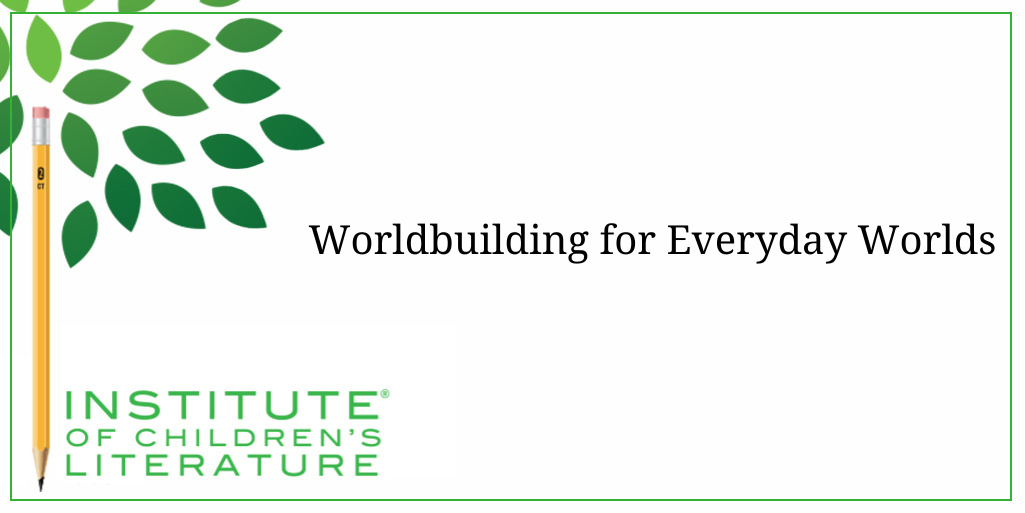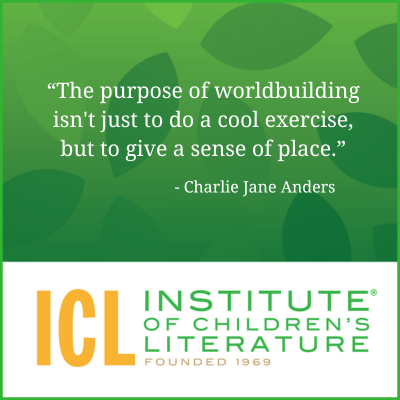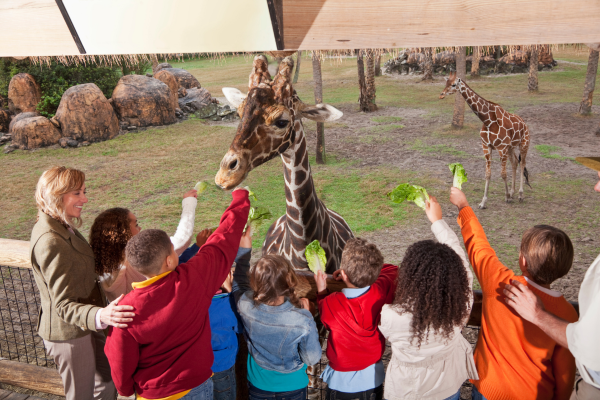
5 Ways Writers Can Prep for 2025 Goal Setting
Before we roll on to the new writing year, let’s harness our optimism for the blank slate before us and prepare for our 2025 Goal Setting just for writers.

The Merriam-Webster online dictionary says worldbuilding is “the art of creating a new fictional world.” The writers who talk most about worldbuilding are those who are creating worlds from scratch: science fiction writers and fantasy writers. But worldbuilding is something every fiction writer needs to think about if they are to create believable scenes rooted in a setting in such a way that readers feel it.

In some ways, the kind of thought, creativity, research, and attention to detail that makes for great worldbuilding can also help writers of narrative nonfiction to make their real-life scenes deeper and more evocative. So narrative nonfiction benefits from worldbuilding techniques as well.
For the writer, worldbuilding amounts to making all the decisions that work in the background of the story.
For fantasy, worldbuilding includes deciding how the magic works in that world (if there is magic at all). What is it based on? What are the costs? (Does it wear the magicians out? Do specific ingredients need to be used? Where does the energy come from?) Is the setting similar to our real-life contemporary world, or is it more like a specific time in history? Or is it something else entirely?
In a science fiction novel, worldbuilding would include details of the technology used and the unique environment.
But in ordinary stories set in the ordinary world, there are still decisions to be made. Let’s look at some worldbuilding necessities for everyday stories.
Ultimately, all worldbuilding comes down to making decisions and keeping them consistent. Making these decisions can affect how the plot you have in mind plays out, and it can give you ideas for twists and turns you might not have thought about. For example, here are the worldbuilding pieces you would need to think through for a school story:

* How is the school laid out? Do students go to a cafeteria or eat bag lunches in the classroom? Is the school building one long hall or does it have twists and turns? Does it have a gym or a multi-purpose room? Does it have a library? Are there special school security measures in place? What are the outdoor spaces like? Is the area where students play games fenced? Does it get muddy? Is it hilly?
* What kind of procedures are in place? How does the school handle students arriving and leaving the school? Is there a school nurse? Does the school have a lost and found? Do the teachers ever send students on errands around the school? Does the school go on field trips? How does that work?
* Is the school poor or affluent? What is its state of repair? Tiny details like cracked tiles on the floor, layers of paint softening the corners of the walls, and bathroom stall doors that hang crookedly all tell the reader important things about the age and affluence of the school and the community without you needing to spell it out.
Not every decision you make about the school will appear in the story, but the more decisions you make, the more you will naturally write a story that feels real and grounded because it is set in a school you know well.
If you’re writing a story that takes place within a family or at a family home, consider these questions:
*What is the layout of the family home? Is it a house, a condo, a mobile home, a farm, an apartment, etc.? How tidy is the house? How new are the appliances and the furniture? Does the family home have issues like leaky roofs and faucets? How close by is the nearest neighbor? Consider drawing floor plans for the home. What challenges might be added simply by the home the characters live in?

*What are the physical conditions of the location in terms of the season? A story set in an apartment in New York City, for instance, has very different conditions in the middle of a steaming summer than in the middle of a winter snowstorm. Don’t overlook worldbuilding seasons and weather as they both add realism and believability to a story and create obstacles for a character to overcome. When you don’t include the weather in a story, you miss out on obvious opportunities to bring the setting alive.
Suppose you send your character outside his usual home or school setting. This will make worldbuilding especially important because you will need to know all the details of each place so that the characters can discover them and interact with them in believable ways.

A map is a wonderful tool for worldbuilding. I often make neighborhood maps, and I’m a huge fan of floorplans for important buildings (floorplans are really just a kind of map, aren’t they?). Sure, I may not ever go to the second floor of the zoo’s administration building in my story, but if I need it, I know exactly what’s there. And because I know that I’ll know things like how long it will take someone to travel from that floor to where my character is in the midst of the story. Naturally, many of the things I come up with for these locations will never come into the story, but they play a huge part in my process of story creation. They affect me, even if they don’t appear to have done so. And they keep me from making glaring logic errors that readers will eventually see and write you letters about—even if your editor happens to miss them.
So, even for your everyday story, don’t overlook the value of worldbuilding. It gives you more options and can add a creative spark to your writing. It will help you avoid writing shallow stories that feel lifeless because they aren’t backed up by any detail. And it’s a huge help in avoiding having readers (or editors) tell you that it makes no sense that your character ran from one place to another in a second when you seemed to take a half hour to get there earlier.
For all these reasons, don’t skip the worldbuilding. It’s fun and will do more for your writing than you ever expected.
With over 100 books in publication, Jan Fields writes both chapter books for children and mystery novels for adults. She’s also known for a variety of experiences teaching writing, from one session SCBWI events to lengthier Highlights Foundation workshops to these blog posts for the Institute of Children’s Literature. As a former ICL instructor, Jan enjoys equipping writers for success in whatever way she can.

Before we roll on to the new writing year, let’s harness our optimism for the blank slate before us and prepare for our 2025 Goal Setting just for writers.

Writers can be thin-skinned when it comes to getting feedback on their work. Let’s look at 4 ways to positively deal with constructive criticism!

Rejection is part of the territory when it comes to being a writer. Today we offer reflection for writers to help redirect your efforts after a rejection.
1000 N. West Street #1200, Wilmington, DE 19801
© 2024 Direct Learning Systems, Inc. All rights reserved.
1000 N. West Street #1200, Wilmington, DE 19801
© 2024 Direct Learning Systems, Inc. All rights reserved.
1000 N. West Street #1200, Wilmington, DE 19801
© 2024 Direct Learning Systems, Inc. All rights reserved.
1000 N. West Street #1200, Wilmington, DE 19801
© 2025 Direct Learning Systems, Inc. All rights reserved.
1000 N. West Street #1200, Wilmington, DE 19801
©2025 Direct Learning Systems, Inc. All rights reserved. Privacy Policy.
1 Comment